The origin story of Kenyan coffee, whether Kenyan hand-made coffee tastes good, flavor evaluation.
The Republic of Kenya (The Republic of Kenya) is located in eastern Africa, the equator runs through the central part, and the Great Rift Valley of East Africa runs through the north and south. It is bordered by Somalia to the east, Tanzania to the south, Uganda to the west, Ethiopia and South Sudan to the north, and the Indian Ocean to the southeast. The coastline is 536 km long. 18% of the land area is arable land, and the rest is mainly suitable for animal husbandry.
As a neighbor of Ethiopia, the birthplace of coffee, what about coffee beans in Kenya? Kenyan coffee is mostly grown at an altitude of 1500m, 2100m, and is harvested twice a year. Its main feature is a distinct fruit aroma, the common fruit aroma is citrus. Kenyan coffee has a multi-layered taste and juice acidity, perfect grapefruit and wine flavor, moderate mellow, is the favorite of many people in the coffee industry.
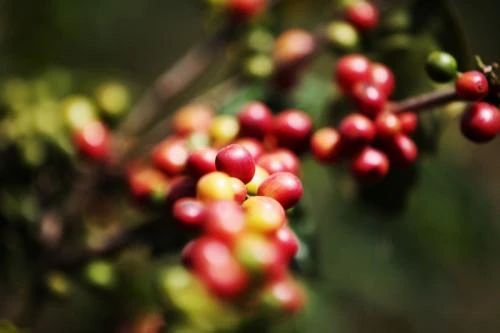
As we all know, coffee originated in Ethiopia in Africa and was discovered as early as the 9th century. However, neighboring Kenya did not introduce coffee until near the 20th century, during which coffee went around the world almost all the way back to Africa. And at that time, the coffee industry began to have new changes, and Kenya can be said to be the witness and promoter of this change.
Kenya is graded according to the particle size and cup test results of coffee beans. According to the size, shape and hardness of coffee beans, from high to low is AA or AA+, AB, PB, C, E, TT, T. For the raw coffee beans of AA grade and AB grade, the special classification of cup test results (not officially recognized by Kenyan countries, made by exporters) is added, and the order from high to low is TOP, PLUS (+) and FAQ.
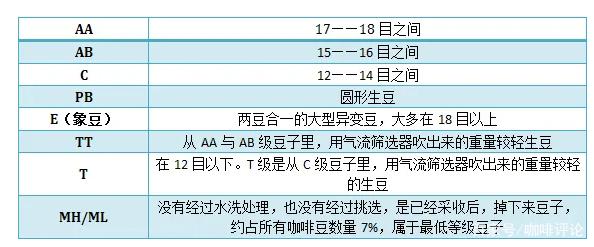
Treatment method
Asalia, Kenya and Sassini, Kenya: the Kenyan K72 approach.
Generally speaking, the fermentation time of coffee beans in the washing tank is rarely more than 36 hours, but the fermentation time in Kenya is as long as 72 hours, which is what we often call 72 hours washing, also known as double washing.
After 48 hours of fermentation, the pectin layer on the clean surface is removed, and it takes 24 hours to soak in clean water. With the addition of this soaking process, the bright and clean flavor of coffee beans can be realized at once. Finally, in the sun-drying link, it is also quite fastidious, and it is placed in a special grid with upper and lower ventilation to dry, which not only helps to prevent moisture and evenly dry, but also avoids the soil smell on the ground.
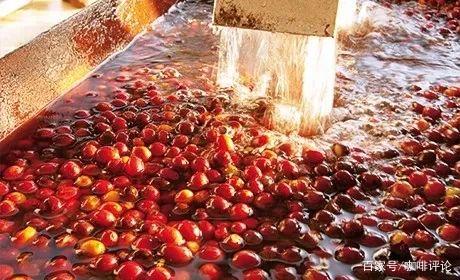
The flavor is reflected in the wet fragrance with ripe tomato and flower aromas, imported virgin fruit and black plum flavor, bright acidity, clean and most solid and rich taste, like the weight of African elephants! The middle part is sweet and juicy, with sweet berry and yellow sugar on the finish, with aromas of green tea.
Wet fragrance with ripe tomatoes and flowers, imported virgin fruit and black plum flavor, bright acidity, clean and the most solid and rich taste, like the weight of an African elephant! The middle part is sweet and juicy, with sweet berry and yellow sugar on the finish, with aromas of green tea.
Important Notice :
前街咖啡 FrontStreet Coffee has moved to new addredd:
FrontStreet Coffee Address: 315,Donghua East Road,GuangZhou
Tel:020 38364473
- Prev
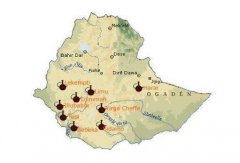
What coffee producing areas are there in Ethiopia? What's the taste of boutique hand-made coffee beans?
There are two main boutique coffee producing areas in Ethiopia, one is Yegashafi and the other is Sidamo. Strictly speaking, Yegashafi is a by-product area of Sidamo. This town is located in the northwest of Sidamo, with a mountain and a lake. It is one of the highest coffee producing areas in Ethiopia on average, but because of its unique flavor, it is independent from Sidamo.
- Next
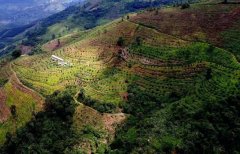
What is the boutique coffee in China, the development history of Yunnan coffee, is Yunnan coffee beans delicious?
Yunnan, as the main coffee producing area in China, what special flavor does it have? In recent years, Yunnan coffee beans stand out in the raw bean competition and become a group of dark horses to enter the boutique coffee market, so what is the unique charm of Yunnan coffee? What kind of story does it have? The first Yunnan coffee beans were introduced by Tian Deneng, a French Catholic missionary, via Vietnam in 1904.
Related
- Beginners will see the "Coffee pull flower" guide!
- What is the difference between ice blog purified milk and ordinary milk coffee?
- Why is the Philippines the largest producer of crops in Liberia?
- For coffee extraction, should the fine powder be retained?
- How does extracted espresso fill pressed powder? How much strength does it take to press the powder?
- How to make jasmine cold extract coffee? Is the jasmine + latte good?
- Will this little toy really make the coffee taste better? How does Lily Drip affect coffee extraction?
- Will the action of slapping the filter cup also affect coffee extraction?
- What's the difference between powder-to-water ratio and powder-to-liquid ratio?
- What is the Ethiopian local species? What does it have to do with Heirloom native species?

